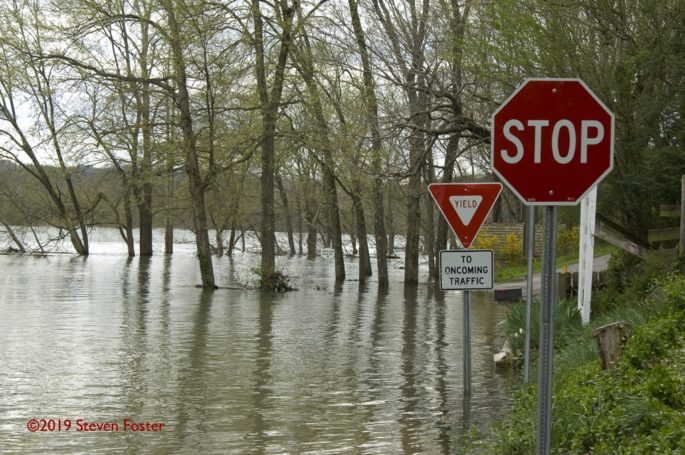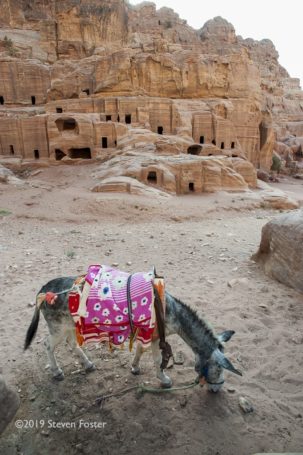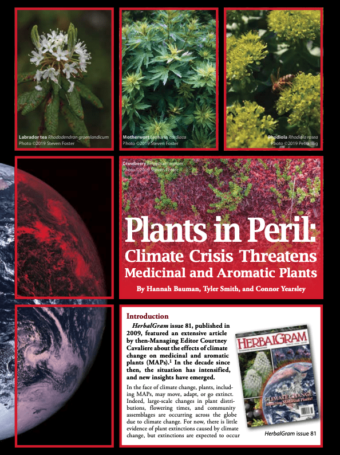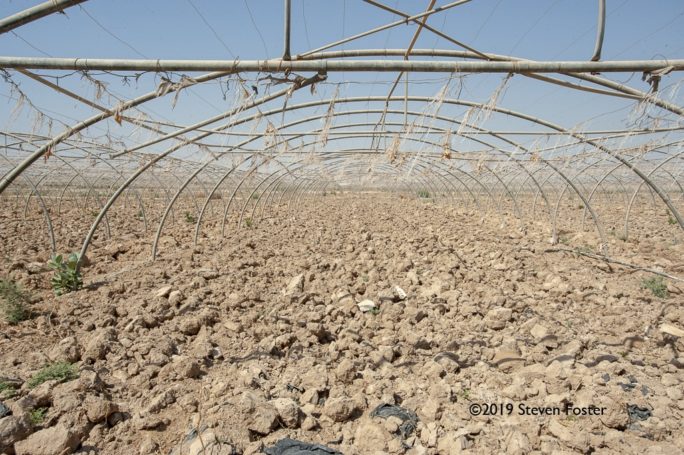Climate Change

Climate Change and the Botanical Industry
Climate change is disrupting herbal supply chains around the world. Rains aren’t coming or they are coming at the wrong time. Plants are flowering earlier, which means pollination is off and, in turn, harvesting times are off. Wild collectors who have organized their lives around harvesting seasons are having to adjust their schedules.[1] Farmers who used to be able to get by without irrigation are losing crops to drought or at other times of year to flooding from extreme rains. One of the greatest challenges to those involved in sourcing medicinals plants face is the many impacts of weather changes, both on plant supplies and on their quality.[2]

Flood at Beaver, Beaver Bridge, 12 April 2008. Photo by Steven Foster.
Resources for Action
It is easy to get overwhelmed: by the scale and scope of the problem, by the amount of material describing the impacts of climate change and what must be done to address these problems, and, finally, by the seeming lack of progress in taking any of the actions needed.
Our intention at the SHP is not to reproduce existing content. We have instead compiled a collection of resources that directly address climate change and the natural products industry. The one thing that is clear is that the time to act was yesterday. The natural products industry – companies using the resources of the natural world for wellness – have to be leaders in ensuring that the world is habitable for us all.

Petra in southern Jordan, photo by Steven Foster.
In blog posts and further content on the website, SHP will share the following:
- Stories of steps various natural product companies are taking to address these issues, the success and challenges they’ve faced, and advice they have for others wanting to make change but are not sure where to begin.
- In partnership with Climate Collaborative and the American Herbal Products Association (AHPA), the Sustainable Herbs Program organized two panels at SupplySide West discussing climate change and the botanical industry. See videos and a summary of the panels here.
- Plant profiles that include current and projected impacts of climate change on growth, range, and supply chain.
General Resources on Climate Change Policy
The IPCC identifies where there is agreement in the scientific community on topics related to climate change and where further research is needed. The reports are a key input into international negotiations. Created by the United Nations Environment Programme (UN Environment) and the World Meteorological Organization (WMO) in 1988, the IPCC has 195 members.
Volume 1 assesses the science of climate change, with a focus on the United States.
Volume 2 assesses the impacts and risks of these changes in the US.
Material in these two reports makes it possible to zero in on changes in particular regions. For example, the State Climate Summaries outline predicted changes in temperatures, precipitation, and extreme weather events by state.
Coupled with plant distribution data at the county level and assuming there is baseline data on plant biology and population dynamics, one can begin to predict trends on wild botanical supplies. In a future blog post, noted botanical expert Steven Foster will outline how he uses this data to make these predictions.
Impacts on Medicinal Plants and the Botanical Industry
 HerbalGram Special Sustainability and Conservation Issue Highlights Threat of Climate Crisis on Medicinal and Aromatic Plants. Rapidly warming temperatures, fluctuating precipitation patterns, and changing landscapes are having measurable negative effects on global flora, including medicinal and aromatic plants (MAPs). These impacts are described in the extensive cover article of issue 124 of HerbalGram. Read more here.
HerbalGram Special Sustainability and Conservation Issue Highlights Threat of Climate Crisis on Medicinal and Aromatic Plants. Rapidly warming temperatures, fluctuating precipitation patterns, and changing landscapes are having measurable negative effects on global flora, including medicinal and aromatic plants (MAPs). These impacts are described in the extensive cover article of issue 124 of HerbalGram. Read more here.- The cover article, titled “Plants in Peril: Climate Crisis Threatens Medicinal and Aromatic Plants,” was written by HerbalGram Associate Editor Hannah Bauman, Managing Editor Tyler Smith, and Assistant Editor Connor Yearsley. It comes 10 years after the publication of ABC’s article The Effects of Climate Change on Medicinal and Aromatic Plants by then-Managing Editor Courtney Cavaliere in HerbalGram issue 81 [3]. The 2019 article highlights the latest climate data and explores new research findings related to its effects on plants in Arctic, alpine, rainforest, and island ecosystems, among others. As noted in the article, increasing temperatures are causing changes in secondary metabolite concentrations; disrupting plant lifecycles and native ranges; and threatening vulnerable populations on a global scale. These negative effects are compounded by existing pressures on medicinal plants, including overharvesting and habitat destruction.
- In a 2014 HerbalGram cover article, Tea and the Taste of Climate Change: Understanding Impacts of Environmental Variation on Botanical Quality, ethnobotanist Selena Ahmed documents the changing effects of climate change on the quality of tea and other botanicals [4].
Other Articles of Interest
- “Scientists’ Warning on Climate Change and Medicinal Plants” an open-access article published in the journal Planta Medica was written by SHP Advisory Group member, Josef Brinckmann, ABC Advisory Board members Wendy Applequist, PhD, a botanist at the Missouri Botanical Garden, and other colleagues, highlights the timeliness and urgency of this important topic.
- Stephen Daniells explores the ways climate change is directly impacting the botanical supply chain in his March 2018 article, The erosion of predictability: Climate change and the botanical supply chain in Nutra-ingredients-USA.

Willoq Villagers. The Willoq Community is a traditional Quechua village, at about 14,000 ft (4,300 m) near Machu Picchu in the Sacred Valley, Peru. Indigenous peoples live on the front lines of climate change. Photo by Steven Foster
What Can We Do?
- The Climate Collaborative is leading the way in charting a course for the natural products industry to respond to climate change. The website includes a wealth of resources directed at the natural products industry. Action steps range from reducing waste to agriculture to energy efficiency and more. If you are working at a company in the herb or other part of the natural products industry, take a minute to look at these and see how you can be involved if you aren’t already. If you are a consumer, check to see which companies have committed to taking climate action. Let the companies that have made commitments know you are grateful. And if companies you buy from aren’t on that list, ask them why they aren’t. And, ask them, “What actions are you taking about climate change?”
If you missed Climate Day, organized by The Climate Collaborative at Expo West 2019, you can watch a live stream here.
- Science-Based Targets Science based targets are emissions reduction targets that are in line with climate science and the goals of the Paris Agreement. It is especially challenging to account for corporate greenhouse emissions in complex supply chains, like the natural products industry, where many of the environmental impacts are outsourced to companies upstream of a company’s own operations. The Science Based Targets Initiative provides resources to tackle these and other issues to help companies set credible guidelines to meet the targets.
The post, Take these 9 steps to demystify science-based targets, does a great job of explaining these targets. It’s a good place to start. You can search which companies have made a commitment here. And finally, Pukka Herbs recently announced their commitment to have their climate goals validated by Science-Based Targets. In this post on the SHP blog, Vicky Murray, Sustainability Manager for Pukka, explains how they are taking action to meet these targets.
- OSC2 (One Step Closer to Organic Sustainable Community) – OSC2 is a collaboration of natural products industry CEO’s and business leaders working to address the toughest sustainability problems facing the industry and our planet by building new regenerative business models and agricultural systems (Climate Collaborative is a joint project between OSC2 and the Sustainable Food Lab).

Soil in Jordan Valley by Steven Foster
References
[1] Josef Brinckmann. Personal communication. February 2018.
[2] Daniells, S. The erosion of predictability: Climate change and the botanical supply chain. Nutra-ingredients-USA.com. 22 March 2018. Accessed November 2018.
[3] Courtney Cavaliere. The Effects of Climate Change on Medicinal and Aromatic Plants. HerbalGram. 2009; 81: 44-57.
[4] Selena Ahmed. Tea and the Taste of Climate Change: Understanding Impacts of Environmental Variation on Botanical Quality. HerbalGram. 2014; 103: 44-41.

Comments